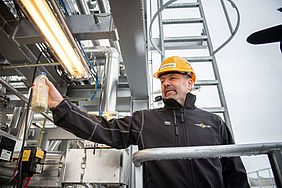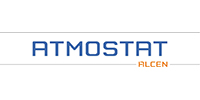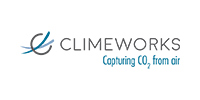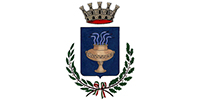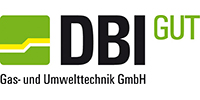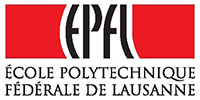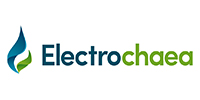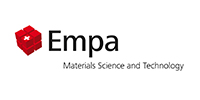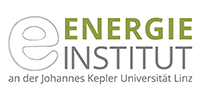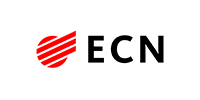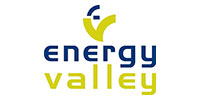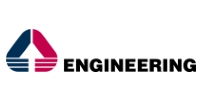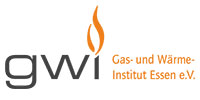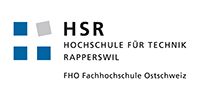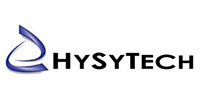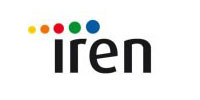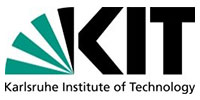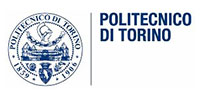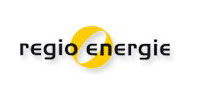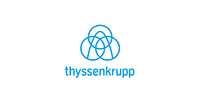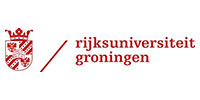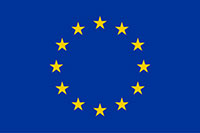The Solothurn demo site hosts the only biological methanation reactor of the STORE&GO project. It was in the last days of May when the microorganisms in the reactor took up their work, multiplied and started producing methane. Within only a few hours, the purity of methane in the output gas reached 96%, with even higher concentrations in the days after.
6 June marked the next big achievement for the team on site, when they started injecting the produced methane into the regional gas distribution grid. After years of designing, manufacturing and testing, this is a great success for the project members, since it shows that power-to-gas can serve as a real-life component in the operation of energy systems. The team will keep optimising and monitoring the operation to compile their findings in a final report by the end of the project in February 2020.

